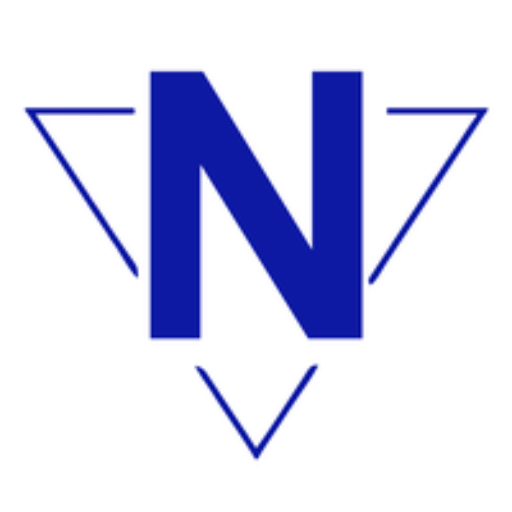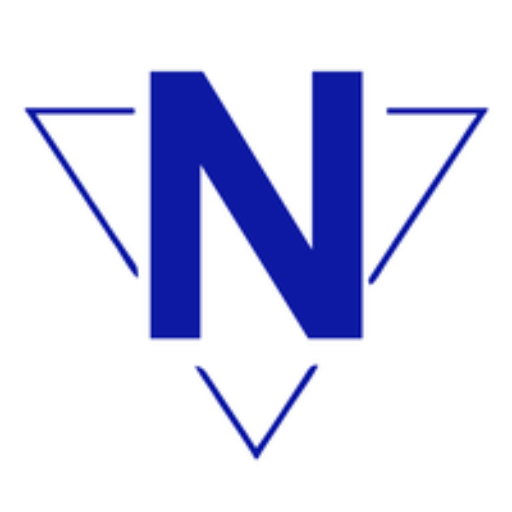Laravel is a powerful and elegant PHP framework that enables developers to create complex web applications effortlessly. However, as your application expands, performance can become a significant issue. To achieve optimal performance from the beginning, it’s wise to hire Laravel developer who specializes in performance optimization techniques. This guide will explore key strategies to enhance the speed and efficiency of Laravel applications in 2025.
Understanding Performance Bottlenecks
Before starting any optimization efforts, it’s essential to pinpoint the underlying causes of performance problems. Common bottlenecks include:
- Slow Database Queries: Poorly written SQL queries, retrieving too much data, and insufficient indexing can greatly affect performance.
- Excessive Memory Usage: Large view files, complicated calculations, and memory leaks can put a strain on server resources.
- Inadequate Caching: Not using caching strategies for frequently accessed data leads to unnecessary processing.
- Route Caching: Although Laravel offers route caching, not taking advantage of it can result in unnecessary route compilation with each request.
- Third-Party Packages: Relying too heavily on bulky packages or those with known performance issues can slow down your application.
Key Optimization Techniques
- Database Optimization
- Efficient Queries:
- Make use of eager loading to cut down on the number of database queries.
- Implement proper indexing on columns that are frequently queried.
- Use database views for handling complex queries.
- Effectively leverage query builders to create optimized SQL.
- Database Connection Pooling: Keep persistent connections to the database to minimize overhead.
- Read Replicas: Spread read traffic across several database servers to enhance read performance.
- Caching Strategies
- Page Caching: Store entire pages for static content or routes that are accessed often.
- Data Caching: Use Laravel’s built-in cache system to store frequently accessed data in memory.
- Redis: Think about using Redis for high-performance caching and message queuing.
- Code Optimization
- Lazy Loading: Postpone loading resources until they are actually required.
- Profiling: Utilize profiling tools to pinpoint performance bottlenecks in your code.
- Minimize Object Creation: Steer clear of unnecessary object creation and prefer object pooling.
- Optimize Blade Templates: Reduce the number of loops and conditional statements in your Blade templates.
- Server-Side Optimizations
- HTTP/2: Activate HTTP/2 for quicker page loading and better resource delivery.
- CDN: Use a Content Delivery Network (CDN) to cache static assets closer to users.
- Server Configuration: Fine-tune server settings, such as increasing PHP memory limits and adjusting opcache settings.
- Load Balancing: Distribute traffic across multiple servers to manage increased load.
- Third-Party Package Optimization
- Choose Carefully: Opt for lightweight and well-maintained packages that meet your performance needs.
- Optimize Package Usage: Configure and fine-tune packages according to their documentation.
- Consider Alternatives: Look into alternative packages that provide better performance or more customized solutions.
- Regular Monitoring and Maintenance
- Performance Monitoring: Keep an eye on your application’s performance with tools such as New Relic or Laravel Telescope.
- Regular Code Reviews: Schedule regular code reviews to spot and resolve any potential performance issues.
- Keep Updated: Make sure to stay current with the latest Laravel versions and security patches, as these often come with performance enhancements.
Practical Implementation Strategies
- Start Small: Initiate your efforts with minor, specific optimizations and progressively broaden your scope.
- Measure and Analyze: Regularly assess the effects of your optimizations and evaluate the outcomes.
- Prioritize: Concentrate on the optimizations that have the most significant impact and deliver the best performance improvements.
- Testing: Rigorously test your application following each optimization to confirm that it operates as intended.
Advanced Optimization Techniques
- Job Queues: Move time-consuming tasks to background jobs to enhance responsiveness.
- Serverless Computing: Explore serverless platforms such as AWS Lambda or Google Cloud Functions for specific tasks.
- Precompiled Blade Templates: Convert Blade templates into PHP code for quicker rendering.
- Custom Middleware: Develop custom middleware to apply targeted performance optimizations.
Tools and Resources
Laravel Telescope is a robust debugging and profiling tool designed specifically for Laravel applications. PHP Bench serves as a benchmarking tool for PHP code, allowing developers to measure performance effectively. Blackfire.io offers a cloud-based profiling service tailored for PHP applications, enhancing performance analysis. The official Laravel documentation is an essential resource, providing valuable insights and best practices for developers. Additionally, engaging with the Laravel community on forums and platforms like Stack Overflow can offer support and guidance.
Conclusion
By following the strategies outlined in this guide, you can greatly improve the performance of your Laravel applications. If you’re looking to hire Laravel developer expertise, it’s important to take a proactive approach to optimization, regularly monitor your application’s performance, and adjust your strategies as necessary.
Glorywebs is a top web development agency that specializes in creating high-performance and scalable web applications using Laravel and other advanced technologies. Our team of skilled Laravel developers is ready to assist you in optimizing your application for the best speed and efficiency.
This detailed guide offers a strong foundation for enhancing your Laravel applications. By carefully applying these strategies and consistently tracking your application’s performance, you can provide a seamless and enjoyable experience for your users.



